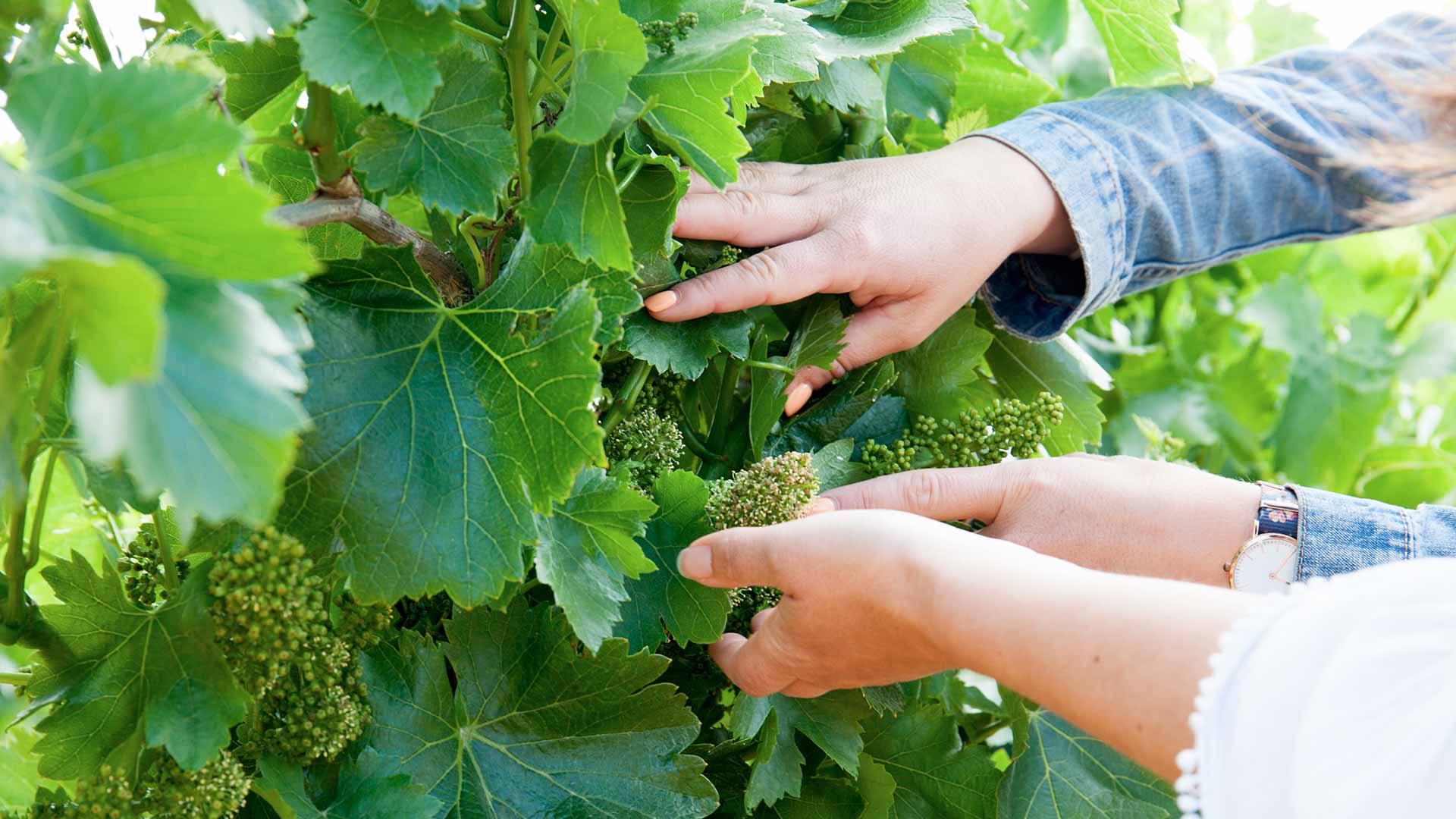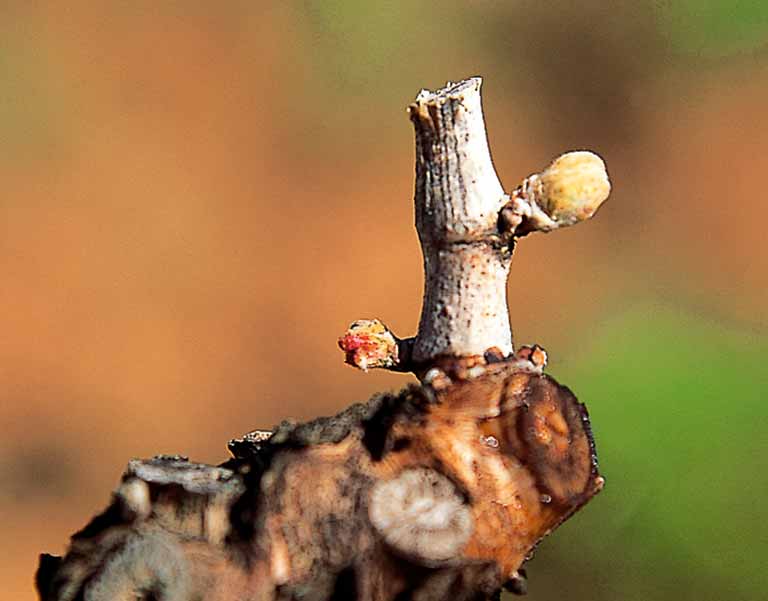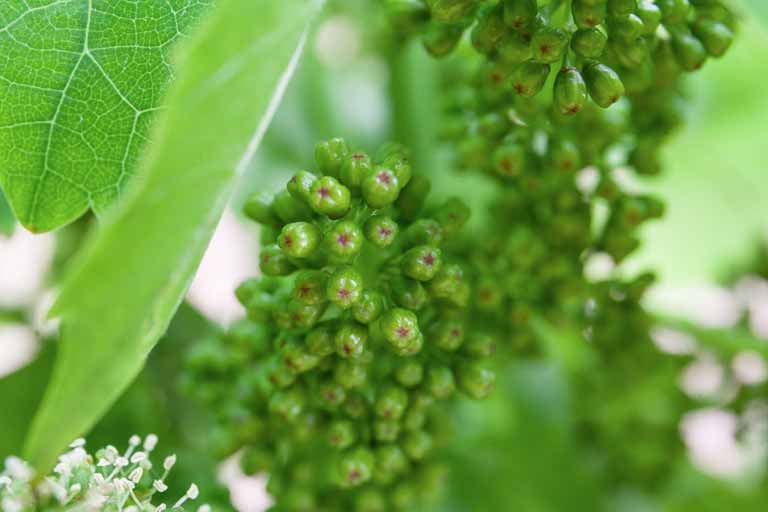
rosé wines
Twenty-six centuries ago, when the Greeks founded Marseille, they planted the first vines in Provence. The wines produced at that time were light-coloured, and could be likened to rosé wines since the maceration of the juice with the skins was unknown or very little known at the time. Provence is therefore the oldest French vineyard and rosé is the oldest known wine.
THE VINE’S ANNUAL LIFECYCLE

We all know about grapes, and some of us enjoy the nectar known as wine, which is artfully matured by master winemakers. But only a few curious people or insiders know the secrets of the vine itself. In order to produce the grapes, the vine goes through two cycles: a vegetative cycle, which runs from March to mid-November and a winter cycle from mid-November to March. This is when the vine rests. Vines are pruned in winter, leaving cutting wounds on the vine stocks. It is said that the vine is weeping. In fact, the sap seeps out where the cut was made.
From mid-March to mid-April, the buds swell, open and reveal a young shoot and then eventually split. This is called bud break. At the end of spring, the leaves start to develop; they appear, unfurl and spread – this is called the leafing stage.
In early summer, the heat and sunshine bring out the tiny white flowers. Bend down, gently lift the leaves and you’ll discover these small clusters. Each cluster has 100 to 200 flowers. In early June, small grape berries form in the place of the pollinated flowers. This stage is when the fruit sets.

The summer sees the greatest transformations. First of all, the leaves are stripped, meaning that the winegrower trims any leaves that could stop the sun reaching the grapes. The aim is for the grapes to receive the optimum amount of sunshine. During what is known as veraison the green grapes start to change colour
The grapes are then on the home stretch, with ripening. The most important time in the life of a vine. As they ripen, the sugar in the grapes increases and the acidity decreases until they reach full maturity. Last but not least, the final stage for the fruit is harvesting.
The date varies with the location and weather, but in recent years, harvesting has begun earlier and earlier. The vine then rests until November time, when it begins its dormant period. The leaves change colour and fall, the sap goes back down into the roots, and the vine sleeps until the start of its next cycle.
VIGNOBLES & DÉCOUVERTES
Vignobles & Découvertes is a label awarded to tourist and oenological destinations. So in an unusual or more traditional way, anyone - be they beginners or experts - can discover the magic of wine.
But the experience doesn't stop at cultural sites, restaurants and outdoor activities, many professionals offer you the opportunity to discover the vineyards in their own special way.